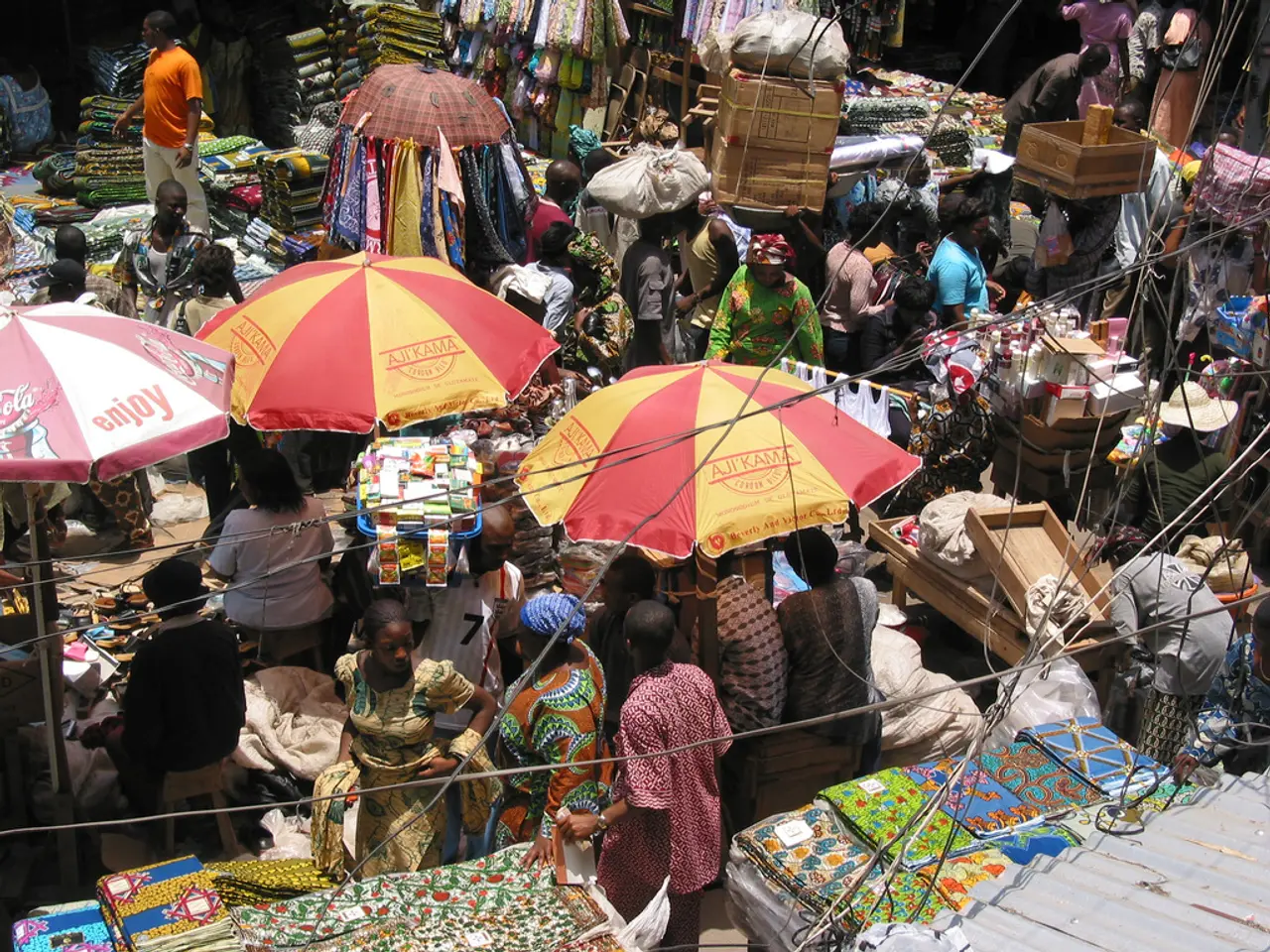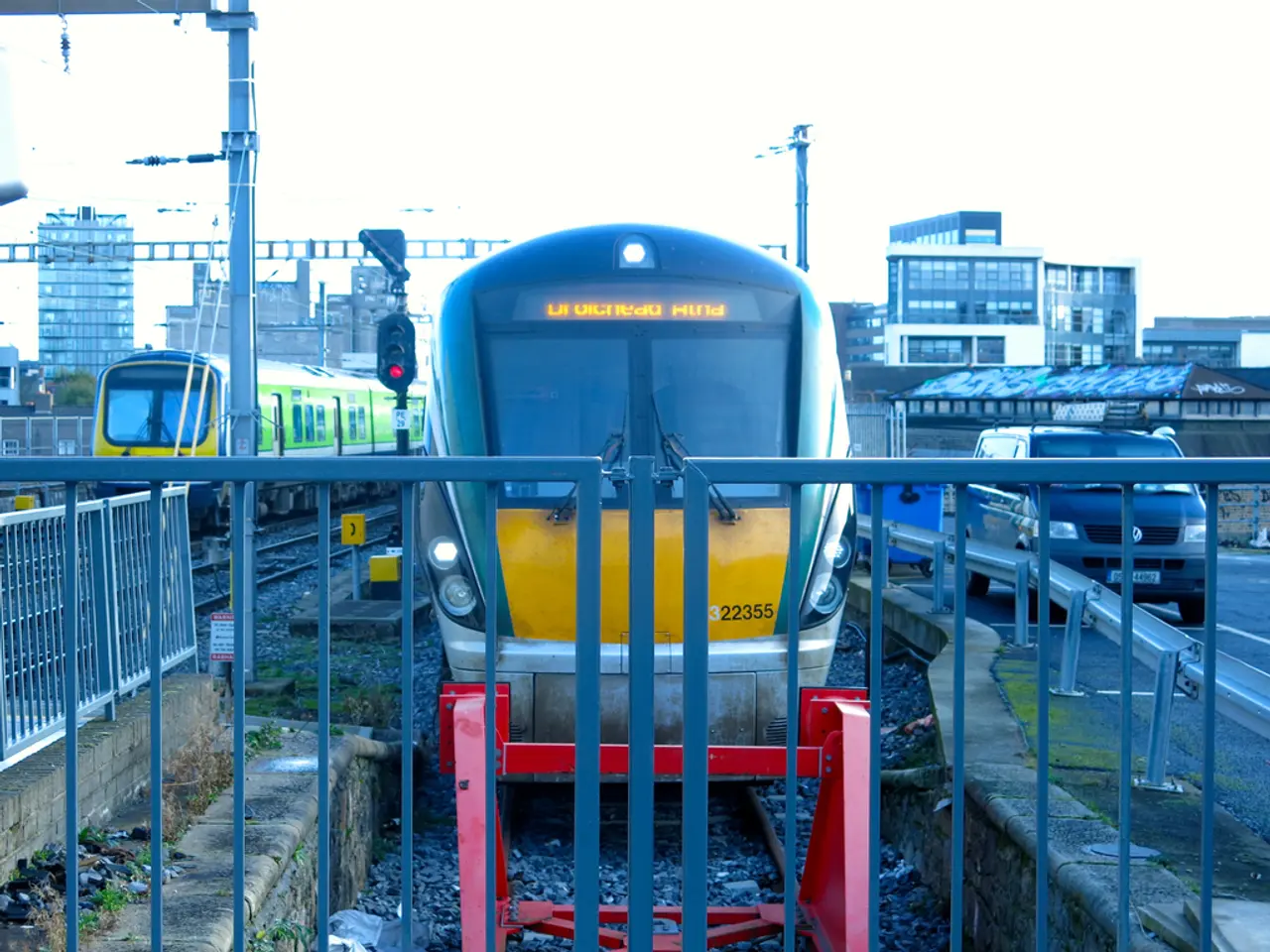Unregulated Economic System: Definition, Traits, Advantages, and Disadvantages
In a free market economy, the balance between profit and cost is crucial for producers to meet consumer demand. This system, characterised by minimal government intervention, allows business owners to generate new ideas to cater to consumer needs and make a profit.
The consumers themselves decide the success or failure of products in a free market. Yet, large companies often have an advantage due to easier access to capital and labor. To ensure fair opportunities, the government's role in a close-to-pure free market is limited, enforcing individual property rights and prohibiting practices that inhibit competition.
Economic incentives, such as money, act as a driving force for production and improvement in a free market. Market demand and supply determine prices, and free competition is encouraged, with the government preventing harmful practices like monopolies and cartels.
Real-world examples of economies with relatively free markets and minimal government intervention include Singapore, Ireland, New Zealand, and Australia. These countries rank highly on economic freedom indexes due to low taxes, open markets, labor flexibility, and strong legal institutions that protect property rights and contracts, supporting robust private sector growth and foreign investment.
Singapore, often considered the most capitalist country globally, boasts very low tax rates and minimal regulatory barriers, fostering a highly competitive market environment. Ireland combines low corporate tax rates with open markets and flexible labor policies, attracting significant multinational investment. New Zealand's transparent regulatory system, ease of doing business, low trade barriers, and strong enforcement of property rights enable entrepreneurial activity. Australia runs a market-driven economy with private sector leadership and strong integration into global trade.
However, it's essential to acknowledge that very few real-world economies exhibit purely laissez-faire conditions. Most have some degree of government involvement, including regulation and social programs. For example, Scandinavian countries like Sweden exhibit high economic freedoms and flexible labor markets but also have substantial social welfare systems and state-owned enterprises.
The profit motive in a free market can compromise and even jeopardize workers' safety and ignore environmental standards and ethical behavior. It can also lead to negative externalities that affect the global climate, such as air pollution and greenhouse gas effects. Financial markets are critical for facilitating the financing needs of individuals and companies in a free market.
Market failures, such as the Great Depression of the 1930s and the real estate market crash in 2008, can occur in a free-market economy. Despite this, the capitalist economy, practiced by most developed countries, is not a purely free market, but it is free because the private sector plays a significant role in the economy.
In conclusion, the best approximations to free market economies with minimal government control are found in highly developed nations such as Singapore, Ireland, New Zealand, and Australia, which combine open markets, low taxes, strong legal frameworks, and labor flexibility to varying degrees. Yet, it's crucial to remember that the ideal of a purely free market is a theoretical construct, and in reality, most economies balance freedom and regulation to achieve economic stability and social justice.
Business owners in a free market economy utilize economic incentives, such as finance, to drive production and improve products, catering to consumer needs and making a profit. Despite the advantages that large companies may have in terms of access to capital and labor, the government's limited role ensures fair opportunities by enforcing individual property rights and prohibiting harmful practices.




